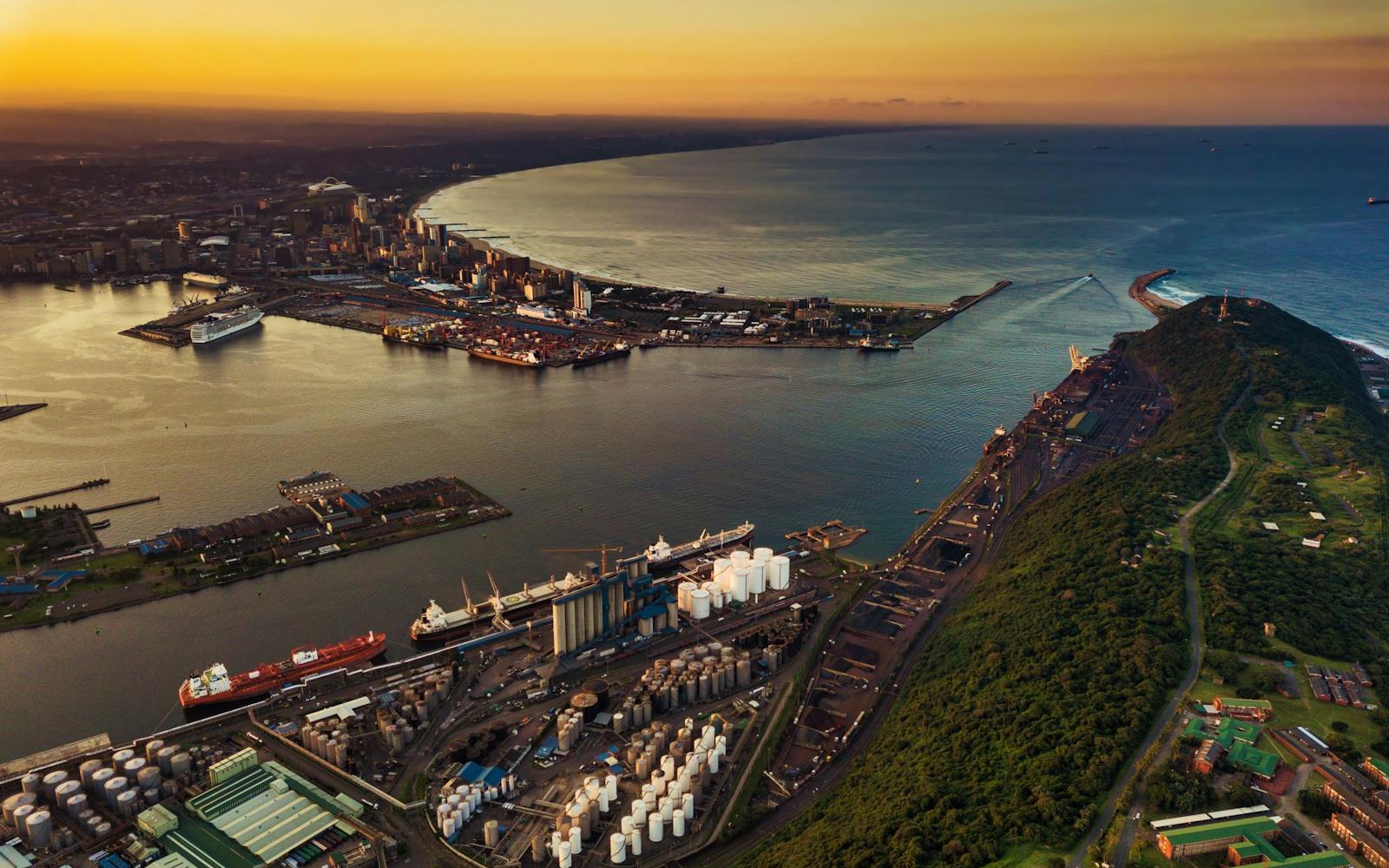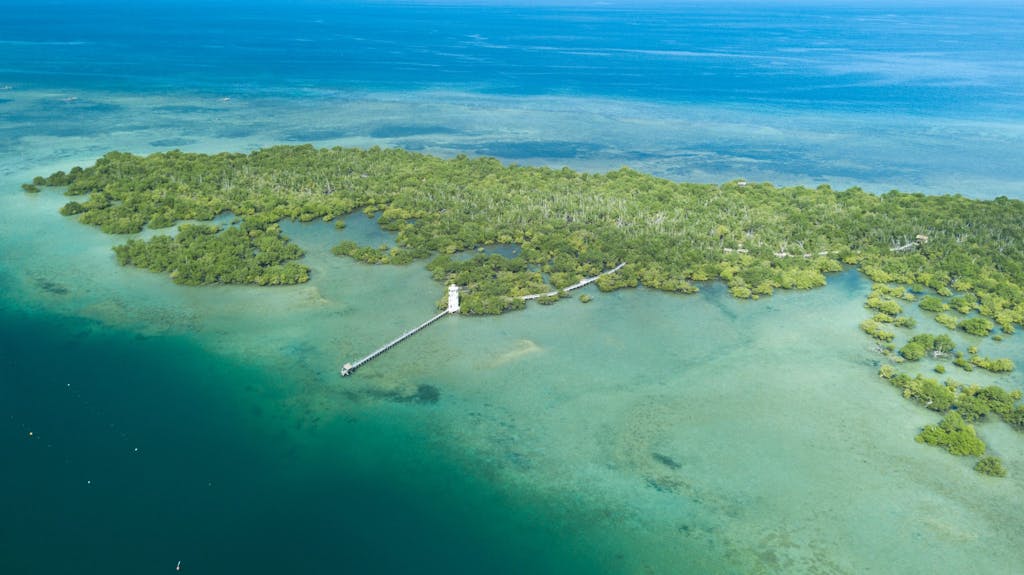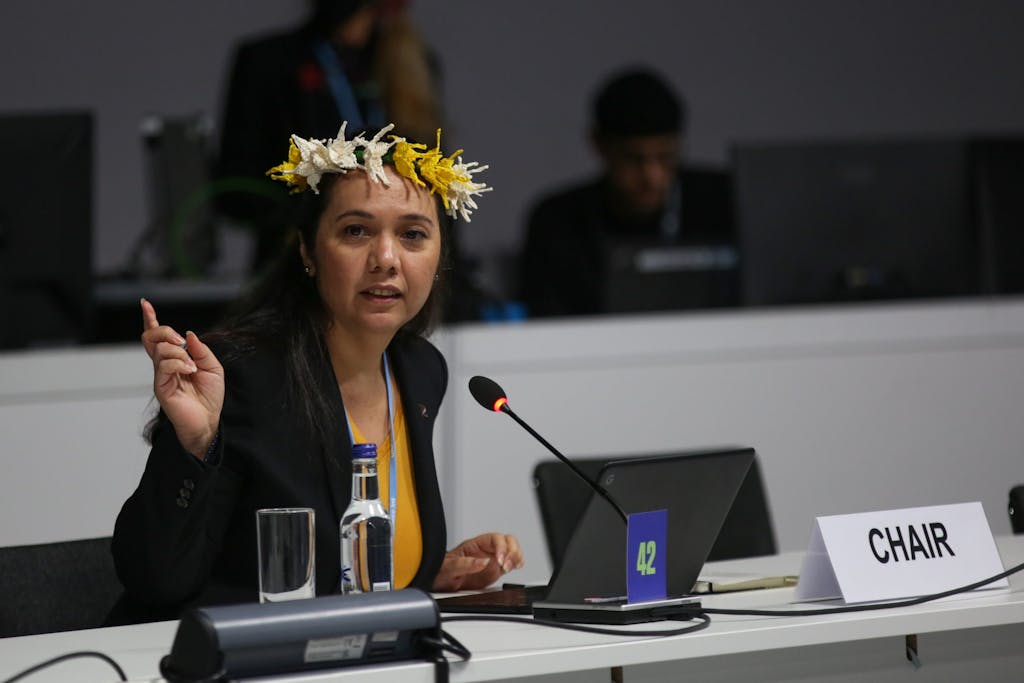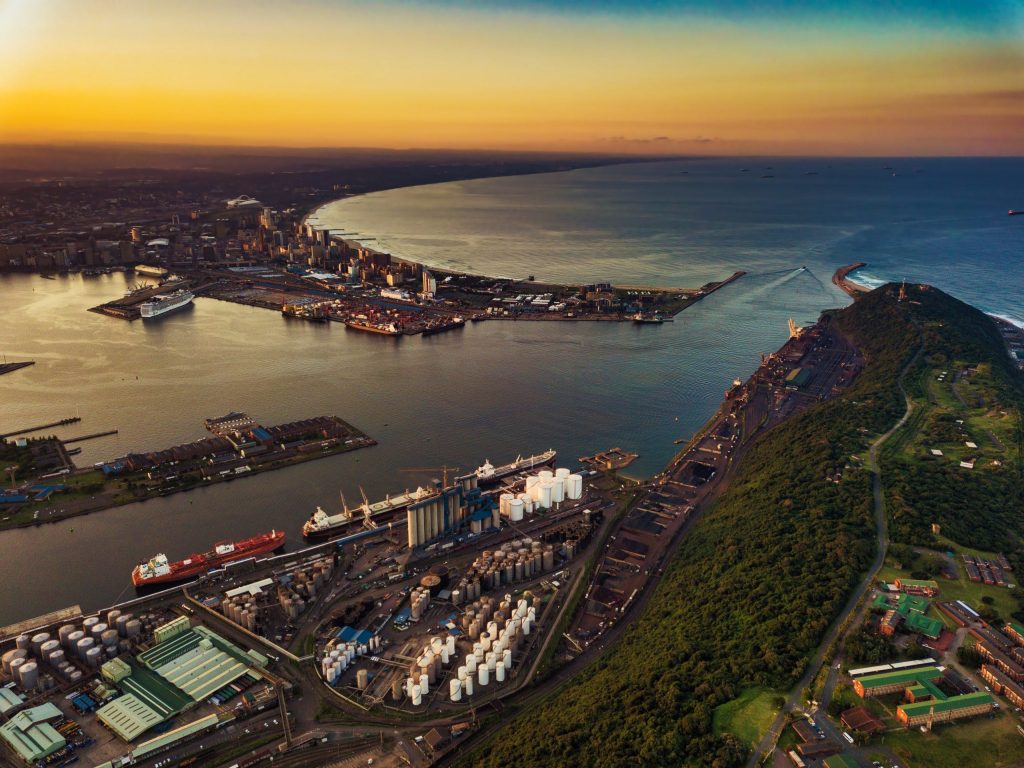

A hen’s-eye view of the Port of Durban, South Africa. South Africa, amongst fully different African nations, has the potential to level out proper into a supply of inexperienced hydrogen and hydrogen-derived fuels — essential fuels for decarbonizing worldwide delivery. photograph: Ojas Narappanawar/Pexels
forward of the subsequent United Nations local climate convention, typically referred to as COP 27, the UN basis’s Senior Advisor and Senior Director for Ocean and local climate, Susan Ruffo unpacks what’s at stake for the world’s ocean – and explains why it is the supply of a quantity of of primarily the strongest local climate options.
question: what’s the function of the ocean in addressing local climate change?
Susan Ruffo: a lot of people don’t discover this, nonetheless the ocean is simply as essential as a end result of the environment when it includes local climate change. The ocean absorbs about 30% of the carbon dioxide that we put into the environment and about ninety% of the surplus warmth that’s trapped by these gases. So it’s a vital piece of the puzzle when it includes fixing local climate change. The ocean is the set off we’re not experiencing extra or worse local climate impacts than we already are. And we will do extra to harness that power to defend ourselves. In 2019, the extreme diploma Panel for a Sustainable Ocean financial system produced a report estimating that 21% of the emissions reductions we’d like may come from ocean options.
till now, we’ve spent pretty a little bit of time fascinated by how now we ought to defend the ocean, however we truly should flip that narrative to discuss about how we will work with the ocean to resolve local climate-associated factors by, for event, eliminating greenhouse gasoline emissions from delivery, growing offshore wind power, and defending and restoring “blue carbon” ecosystems like mangroves and seagrasses.
inform me extra about blue carbon.
Blue carbon is a wonky time period for carbon that is saved on this planet’s ocean and coastal ecosystems, like salt marshes, mangroves, and sea grasses. very like bushes, healthful marine and coastal ecosystems take in atmospheric carbon dioxide and sequester it. Some marine methods can sequester 10 occasions as a lot carbon per acre as forests do, collectively with offering fully different advantages like making coastal communities extra resilient. that is undoubtedly value defending!

A mangrove forest inside the Philippines. Mangroves would possibly assist defend coastal communities by breaking the stress of waves and storing water in storm surges. photograph: John Bryan grey Agbagala/Pexels
How can marine and coastal ecosystems assist us adapt to a altering local climate?
even after we had been someway to cease greenhouse gasoline emissions tomorrow, we would nonetheless expertise impacts attributable to constructed-up momentum, so now we ought to adapt. Marine and coastal ecosystems are vitally essential in serving to coastal communities be resilient inside the face of local climate change. healthful marshes and mangroves would possibly assist break the stress of waves and retailer water in storm surges, as an event. now we ought to ponder how we defend these methods and the advantages they current naturally.
How is the worldwide delivery enterprise being affected by local climate change?
typically, the enterprise is dealing with pretty a little bit of the identical issues that communities are dealing with: the impacts of sea-diploma rise on port infrastructure; principal storms disrupting port operations and the movement of merchandise. greater than eighty% of merchandise journey by ship, so delivery is an monumental factor of the worldwide financial system. COVID-19 illustrated delivery’s significance to us. What we don’t know but, nonetheless, is how ships on the water are actually affected by local climate change, for event, by extra extreme and extra frequent storms. We’re simply starting to know a quantity of of that.
Are there any upsides for delivery?
With the breakup of sea ice on the poles, some individuals are starting to discuss about routes which will open up by the north. if you happen to’re a delivery agency, which might look constructive. however whereas you happen to’re a conservationist engaged on Arctic conservation or an Arctic group that relies upon on the ocean in your livelihood, that’s not good. Many extra ships may be coming by delicate ecological areas. world delivery is a fancy universe, obviously.
It appears to be like simply like the ocean has not been on the agenda at previous COPs.
till just these days, the ocean was not often talked about at a local climate COP. the fact is, i really feel the phrase “ocean” did not seem in textual content material till the Paris COP in 2015. An understanding of the ocean’s function in local climate change and its potential to current local climate options didn’t actually buy traction till 2019, on the COP hosted by Chile in Madrid. Chile actually championed this as a end result of the principal “Blue COP.” Then, final yr, at COP 26 in Glasgow, a mannequin new annual Ocean and local climate Dialogue was established contained in the UN Framework convention on local climate Change (UNFCCC) — so lastly, an official discussion board.
Are there particular ocean factors which will most possible be talked about at COP 27?
I anticipate the ocean will most possible be current in all of the principal themes at COP 27, whether or not that is mitigation, adaptation, or finance. international areas will most possible be showcasing a quantity of of the options they’re creating, for event, using mangroves or coral reefs to assist buffer communities, or decarbonizing their home delivery sectors. additionally, as international areas develop their plans to reduce again emissions, referred to as nationally decided contributions, or NDCs, initiatives like offshore wind power will most possible be inside the spotlight. The aim is to have more and more international areas be taught, adapt, and implement ocean-primarily based options.
“The aim is to have more and more international areas be taught, adapt, and implement ocean-primarily based options.”
Susan Ruffo
Senior Advisor and Senior Director for Ocean and local climate
on condition that COP27 goes on in Sharm el-Sheikh, Egypt, what particularly African factors throughout the ocean and delivery would possibly we anticipate to see talked about there?
the want for adaptation and resilience measures for coastal communities will most possible be paramount, as will the vital want for finance and assist for weak international areas and communities, collectively with by ocean-primarily based options. for event, many international areas are involved about what’s occurring to small-scale, subsistence fisheries, and the means their collapse may drive outmigration from coastal communities. How can we assist to defend and handle these fisheries in a altering local climate? there’s additionally exact potential for Africa to level out proper into a supply of inexperienced hydrogen and hydrogen-derived fuels, that are anticipated to be essential for decarbonizing worldwide delivery. So international areas like Namibia, Morocco, Egypt, and South Africa may flip into exact hubs for inexperienced delivery fuels. think about a world all by which the principal suppliers of power are distributed like that, and throughout Latin America and fully different continents as properly.
A vital meeting of the Marine environment safety Committee of the worldwide Maritime group (IMO) goes on a quantity of weeks after the COP. Is there a connection between the IMO and UNFCCC?
they’ve a bent to function in separate universes. UNFCCC has jurisdiction over nationwide emissions broadly. The IMO’s regulatory authorities are over delivery on the extreme seas, outdoors of nationwide waters. nonetheless the Paris settlement, and the work of the UNFCCC, actually models the bar for ambition on local climate change and displays international areas’ commitments. The IMO is inside the method of revising its greenhouse gasoline method and setting targets for decarbonizing the delivery sector — and it’s essential that these targets be aligned with the Paris settlement. proper now, they’re not. the current goal on the IMO is to reduce again delivery emissions a minimal of fifty% by 2050, in contrast with 2008 ranges, however to restrict world warming to 1.5°C over preindustrial temperatures, that focus on would ought to be modified to one hundred% discount by 2050, with an eighty–ninety% discount accomplished by 2040. That sounds daunting, however many international areas and firms are dedicated to creating that happen.

Tina Stege, local climate envoy for the Marshall Islands, speaks at COP 26 in Glasgow. photograph: Kiara value/ UNFCCC
what quantity of COPs have you ever attended?
it will most possible be my seventh.
what’s your most memorable second from a previous COP?
At COP 24 in Katovice, Poland, after I heard the prime of delegation of the Marshall Islands passionately clarify what local climate change means for her and her people. We throw throughout the phrase “existential” rather a lot, however for them, local climate change is about their very existence. It made me discover that this typically is a terribly human drawback. for many years, we talked about local climate change as an environmental drawback. We confirmed photographs of polar bears. that is so not that; it’s about complete communities of people, complete cultures liable to shedding every part. after I get pissed off or discouraged, I take into consideration her and am reminded that failure will not be an possibility.
COPs have been occurring for greater than 1 / 4 of a century. Is the glass half full or half empty?
It doesn’t actually matter how full the glass is; our job is to fill it again up. We can not surrender. now we ought to maintain pouring, even when the glass is cracked and leaking. yearly, we appear to be making it tougher for ourselves comparatively than simpler, however we will make progress, and we will’t surrender.
extra ON COP 27
that is an factor of a sequence, that contains views and ideas from UN basis’s local climate consultants on key local climate factors on the agenda at COP 27. compensate for information, occasions, and fully different content material on this sequence.


